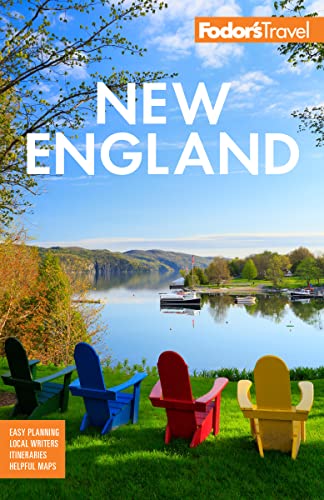Today Truro is a town of high dunes, estuaries, and rivers fringed by grasses, rolling moors, and houses sheltered in tiny valleys. It's a popular retreat for artists, writers, politicos, and numerous vacationing psychoanalysts. Edward Hopper summered here from 1930 to 1967, finding the Cape light ideal for his austere brand of realism. One of the largest towns on the Cape in terms of land area—almost 43 square miles—it's also the smallest in population, with about 1,400 year-round residents. Truro is also the Cape's narrowest town, and from a high perch you can see the Atlantic Ocean on one side and Cape Cod Bay on the other.
If you thought neighboring Wellfleet's downtown area was small, wait till you see (or don't see) Truro's. It consists of a post office, a town hall, and a shop or two—you'll know it by the sign that says "Downtown Truro" at a little plaza entrance. Truro also has a library, a firehouse, and a police station, but that's about all. The North Truro section contains most of the town's accommodations, either along U.S. 6 or fronting the bay along Route 6A, just south of the Provincetown border. Many people who live or vacation in Truro choose it for its easygoing, quiet personality and lack of development—and its proximity to the excitement and commerce of Provincetown.
Settled in 1697, Truro has had several names during its long history. It was originally called Pamet after the local Native Americans, but in 1705 the name was changed to Dangerfield in response to all the sailing mishaps off its shores. "Truroe" was the final choice, named for a Cornish town that homesick settlers thought it resembled; the final "e" was eventually dropped. The town relied on the sea for its income: whaling, shipbuilding, and cod fishing were the main industries.




